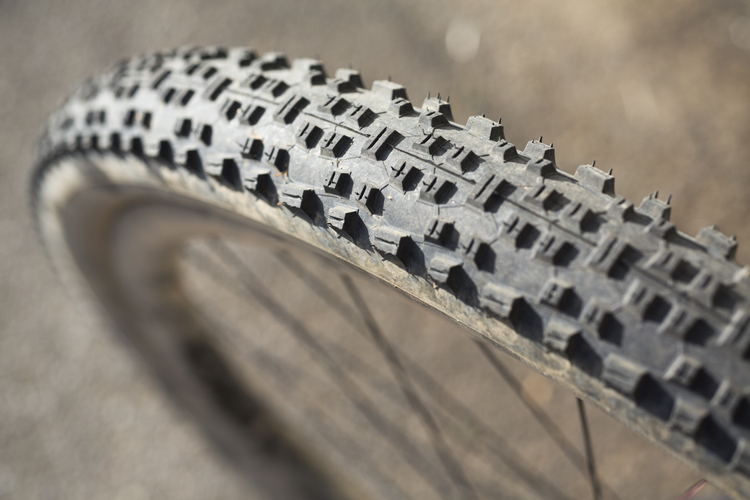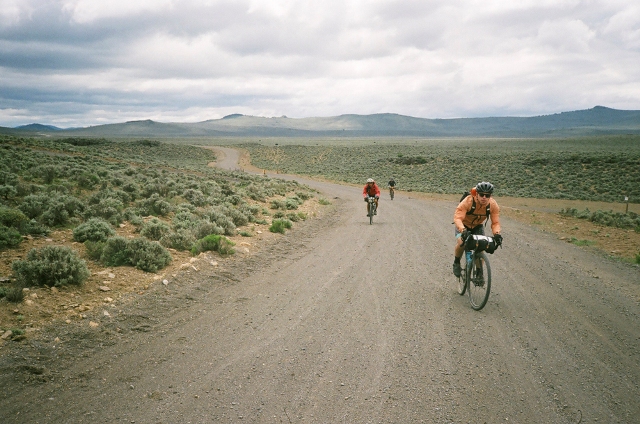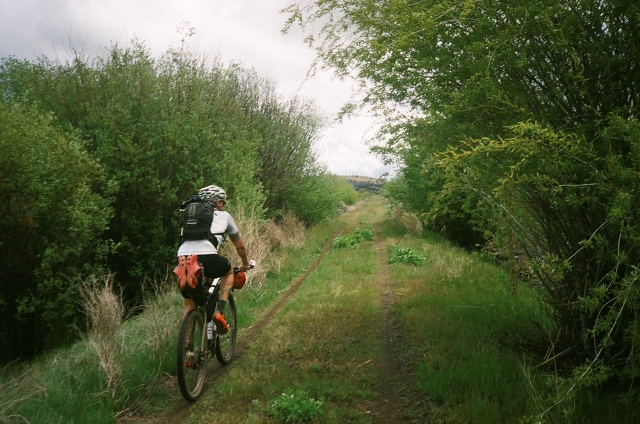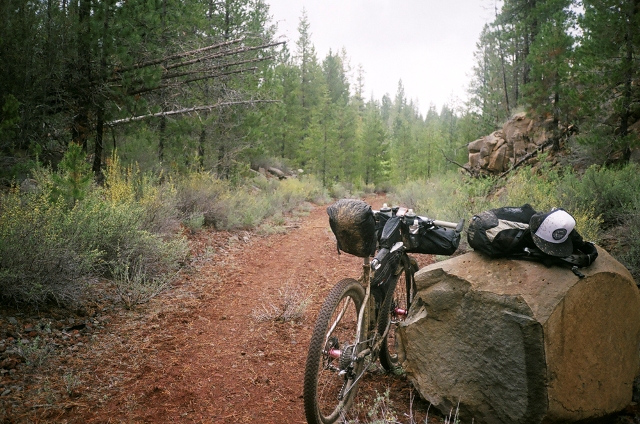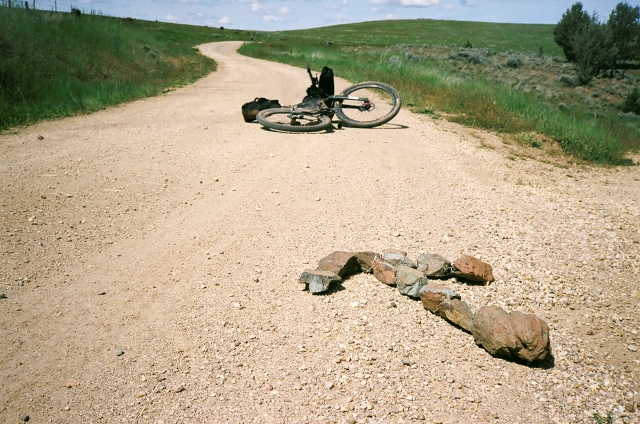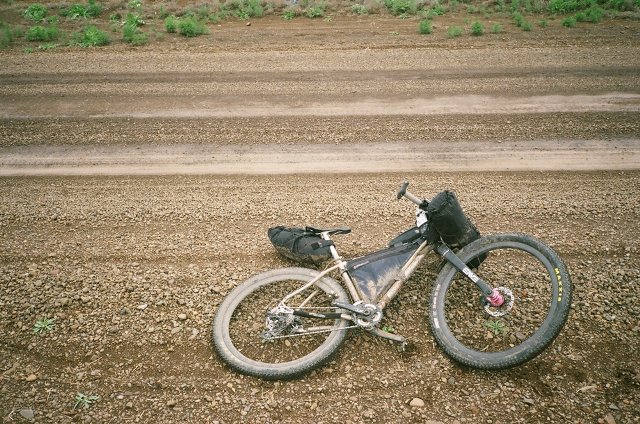You want to work with people who make you look good. That’s obvious. But, even more than that, you want to work with people who make what you do look good, and in this case, photographer/adventurer Daniel Sharp makes cycling look like just about the best thing a person could do with their remaining breaths. We never fail to read a post at his Benedicto 7 and not want to ride our bikes after. Most recently Daniel was at Grinduro, doing what he does.
Photos and excerpts from his story below:
Before making the 8 hour drive to Quincy, Grinduro was just soundbytes, the color purple, poster art by Geoff Mcfetridge. The event site billed it as “Gravel Road Race + Mountain Bike-Style Enduro = one long loop of pavement and dirt” When you factor in the chance to ride new dirt roads and camping and live music, well now you’ve got yourself a new-fangled-old-school mountain bike festival. DiMinno is doing the food. OK Now we’re talking. Chris Diminno is the super talented chef masterminding the food at the Chris King Gourmet Centuries. That in itself is almost enough to drive to Quincy, CA.
We rolled out at 8:00, past the stacks of wet timber at Sierra Pacific Industries. Nothing prepares you for the feeling of riding in such a large group. I do so much solo riding, that a group like this feels special. For me, it’s the whole reason to do a ride like this. The group takes your mind off the cold, and it distracts you when the road deteriorates to rutted gravel – and ramps up steeper than you’d like. We rode out of town, -through the valley, past a trio of running horses.
It didn’t take long to warm up, since the first climb seemed to be an hour long. The first timed section came at about the 45 minute mark. I couldn’t be bothered with sprinting at this point. I tried slightly harder just because I felt guilty not pushing it a bit as a few people flew by, obviously redlining it, because: racing. Being a reformed racer, I felt conflicted– like I should rise to the occasion because I’m being timed, and at the end of the day we’re going to gather around the fire and compare times. But I feel good about the efforts I’ve done this summer, and I’ve been riding plenty. My new rule as I do more longer events is pacing myself to go as hard as I can for 8 hours, which is more like an 85 percent effort, and it doesn’t allow for any massive sprint efforts. You basically find your endurance zone and stick with it.
The Grinduro signage continued, this time it said “This climb sucks SORRY” Those that knew the route said to take it as easy as possible on this climb, since the final singletrack section was supposed to be the hardest bit. Honestly though, with sections at 12 and 13 percent grade, the only way to chill out was to walk your bike, and that makes it take forever and isn’t that much fun. My legs were feeling good, so I just shifted down to my 36 and found a rhythm. I tell myself I love climbing and when my legs feel good like this I actually do love climbing. But that much steepness and that long of a climb have a way of stealing any good vibes and just make you grateful to be done.
Check out more of Daniel’s work at Daniel Sharp Photography.



